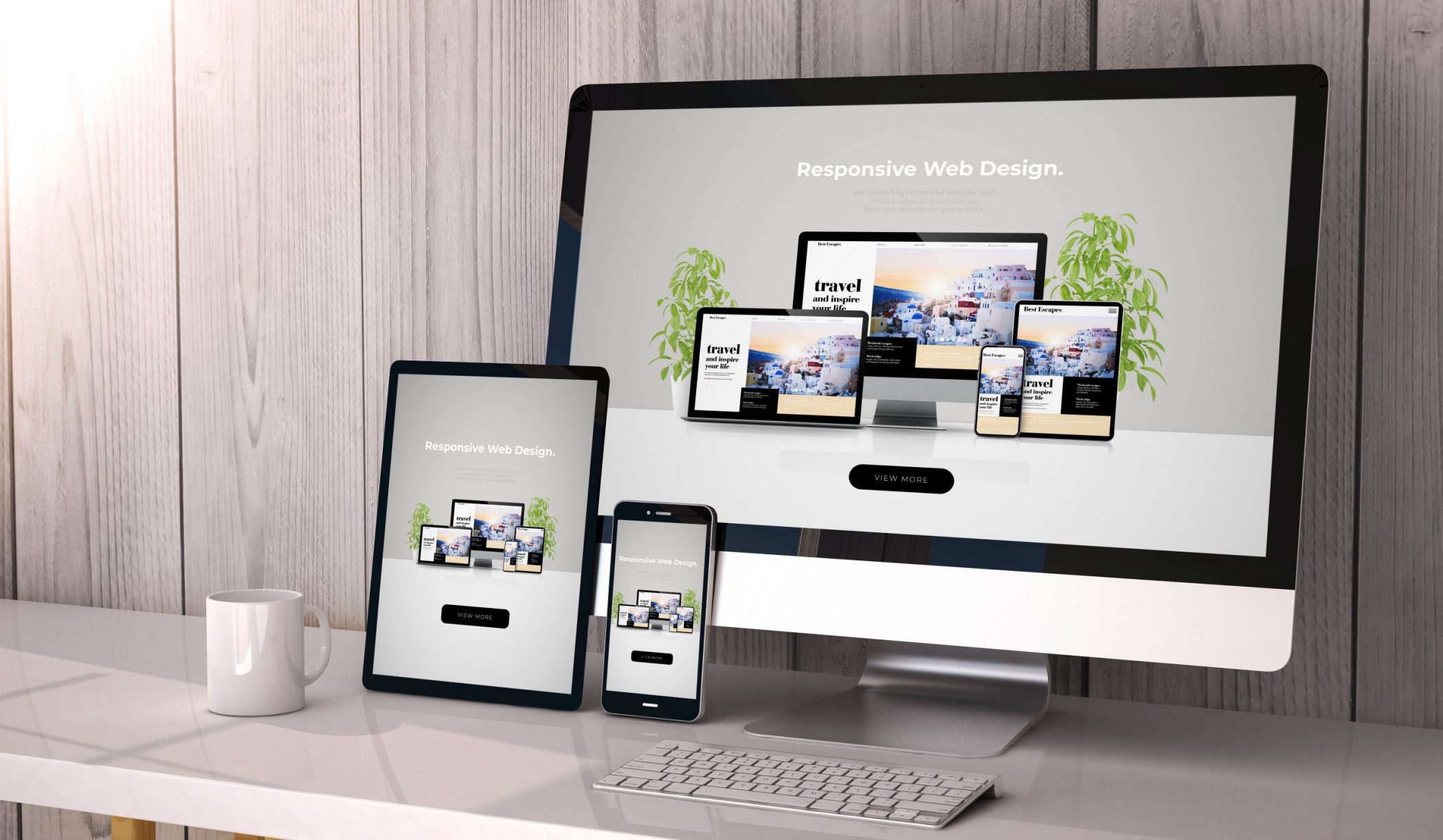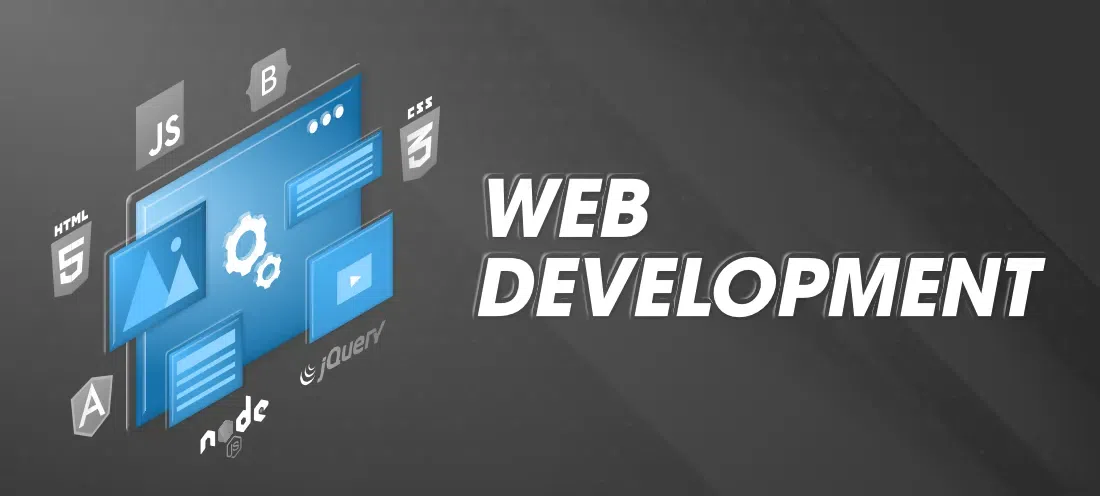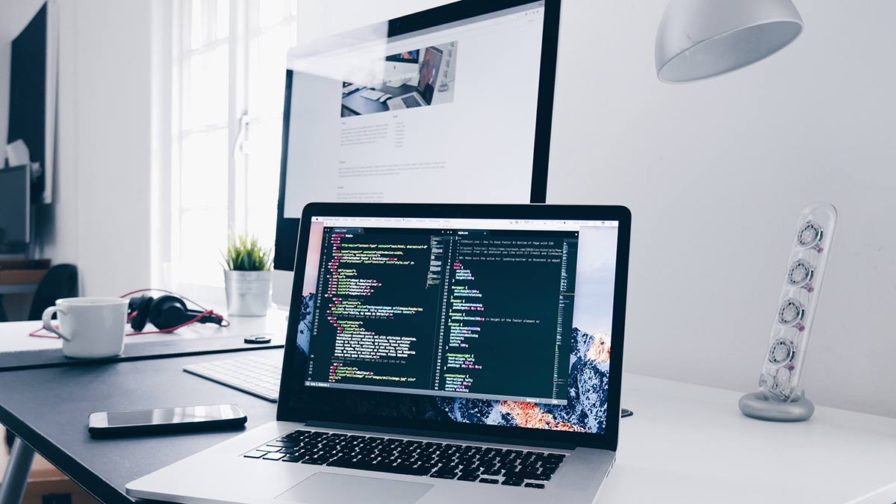The Ideal Sorts Of Website Design to Boost User Experience and Interaction
In the ever-evolving landscape of electronic interaction, the efficiency of Web style substantially influences customer experience and engagement. Various design methods, such as minimalist, responsive, and interactive layouts, each offer unique advantages that can provide to varied customer demands.
Minimal Web Style
As digital landscapes become increasingly cluttered, minimalist website design has emerged as a powerful approach to enhancing individual experience. This design philosophy focuses on simpleness, concentrating on crucial components while removing unnecessary interruptions. By utilizing enough white room, uncomplicated navigation, and a limited shade scheme, minimal style fosters quality and guides individual attention to key web content.
The core concept of minimalist Web layout is to produce a seamless communication for individuals. By decreasing cognitive load, customers can swiftly grasp details without feeling overwhelmed. This straight method not only boosts usability but additionally motivates involvement, as visitors are more most likely to check out a site that is easy and aesthetically attractive to navigate.
In addition, minimal layout frequently emphasizes typography and images, utilizing these aspects strategically to communicate messages effectively. This emphasis on essential elements can boost brand identification and develop a remarkable user experience. Fundamentally, minimal Web style is not simply a fad; it is a thoughtful method that recognizes the value of user-centered layout. By removing additional components, designers can produce a much more engaging, effective, and delightful Web experience for all users.
Receptive Web Design
In today's varied electronic setting, responsive website design has come to be crucial for producing a seamless individual experience across a plethora of devices. As individuals gain access to internet sites on smartphones, tablets, laptops, and desktops, the capability of a web site to adapt its layout and content to different display dimensions and resolutions is critical.
Receptive website design utilizes adaptable grids, pictures, and CSS media inquiries to make sure that Web content is offered ideally, despite the gadget used. This approach not just improves the visual allure of a web site however also considerably improves use. Individuals are more probable to involve with a site that offers a regular experience, as it gets rid of the irritation of having to focus or scroll exceedingly.
By taking on responsive layout, services can improve their exposure and reach a wider target market. In summary, receptive Web style is a basic method that boosts individual experience, engagement, and general satisfaction.
Interactive Web Design
Receptive website design prepares for enhancing customer experience, but interactive Web design takes this a step better by engaging users in a much more vibrant means - Aligned Position Web Design. By incorporating elements such as animations, clickable prototypes, and real-time comments, interactive Web design mesmerizes individuals, attracting them right into a richer surfing experience
This approach not only fosters interaction however likewise urges customers to discover material proactively as opposed to passively eating it. Strategies such as gamification, where customers gain rewards for completing tasks, can considerably improve the time spent on a site and improve overall contentment. Interactive features can streamline intricate details, making it extra delightful and absorbable.

Incorporating interactive style elements can likewise bring about higher conversion rates, as customers are more most likely to involve with investigate this site a site that actively involves them. Aligned Position Web Design. Eventually, interactive Web design transforms customer experiences right into memorable journeys, making certain that visitors return time after time
Apartment Layout
Identified by its minimalistic approach, flat style emphasizes simpleness and functionality, removing unnecessary elements and focusing on vital functions. This style approach prioritizes functionality, making sure that individuals can navigate interfaces with simplicity and effectiveness. By employing a clean visual, level layout removes the mess commonly discovered in a lot more elaborate styles, thereby enhancing customer emphasis on material and performance.
The hallmark of flat design depends on its usage of vibrant shades, basic typography, and geometric shapes. These elements contribute to an aesthetically enticing user interface that is both approachable and modern. In addition, level layout promotes a sense of clarity, allowing users to discern essential activities and info without interruption.
Additionally, flat design is specifically efficient in receptive Web design, as its simplicity translates well throughout numerous gadgets and display sizes. The absence of elaborate textures and gradients reduces loading times, which is crucial for keeping individual interaction. As digital landscapes continue to advance, level layout stays a relevant choice for developing easy to use websites that boost general experience. By concentrating on vital attributes, level layout not just satisfies customer requirements yet also motivates smooth interaction, making it a vital element of efficient Web layout strategies.
Adaptive Website Design
Flexible website design customizes the user experience by producing numerous fixed layouts tailored to different screen sizes and devices. Unlike responsive design, which fluidly changes a single layout, adaptive design employs distinct layouts for certain breakpoints, making certain optimum discussion on numerous systems. This strategy permits developers to concentrate on the special attributes of each gadget, improving functionality by providing exactly directory what users need based upon their context.
Among the main advantages of adaptive website design is its capacity to maximize tons times and performance. By serving customized web content and photos that fit the individual's gadget, web sites can reduce data usage and enhance loading try this out rates. This is especially helpful for individuals with slower connections or limited information plans.

In addition, flexible design helps with a much more regular and controlled branding experience. Considering that developers create numerous layouts, they can guarantee that the aesthetic components align with the brand's identification throughout different platforms - Aligned Position Web Design. This leads to a natural customer experience, enhancing engagement and promoting customer retention
Verdict
Minimalist design fosters clearness and emphasis, while receptive style makes sure versatility across different gadgets, promoting ease of access. Collectively, these style approaches contribute to the creation of user-friendly environments that not just boost satisfaction but also drive higher conversion prices, emphasizing their critical significance in contemporary Web layout approaches.

Minimalist design promotes quality and emphasis, while receptive design guarantees flexibility across different tools, promoting accessibility. Collectively, these design approaches contribute to the creation of user-friendly atmospheres that not only enhance fulfillment however additionally drive greater conversion prices, highlighting their essential importance in contemporary Web layout approaches.